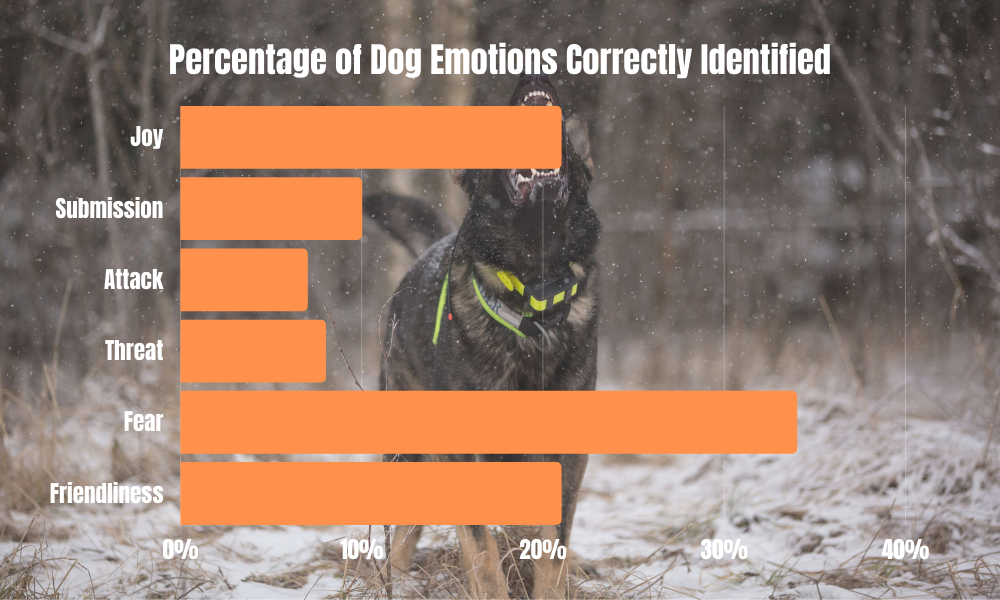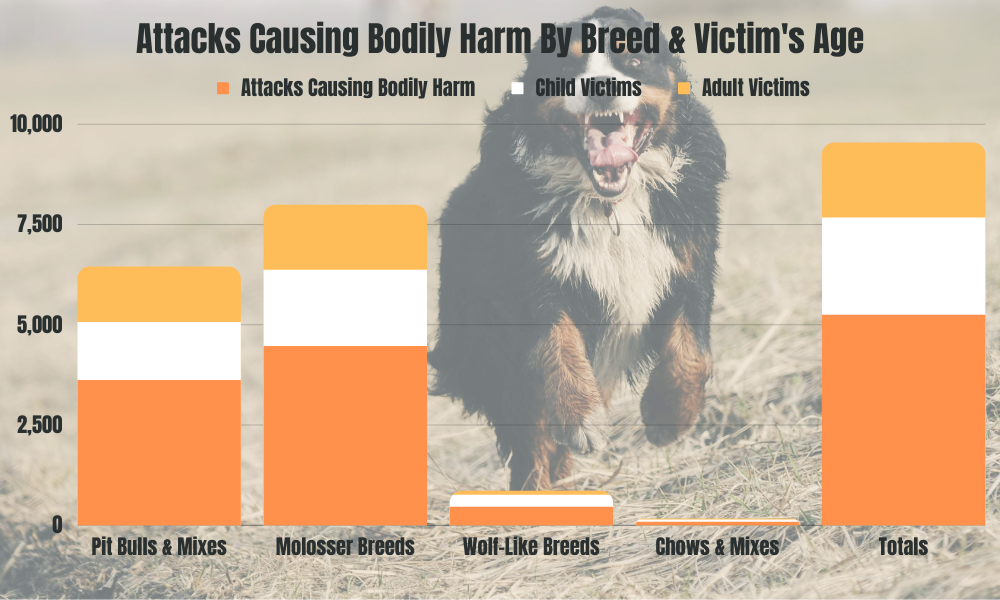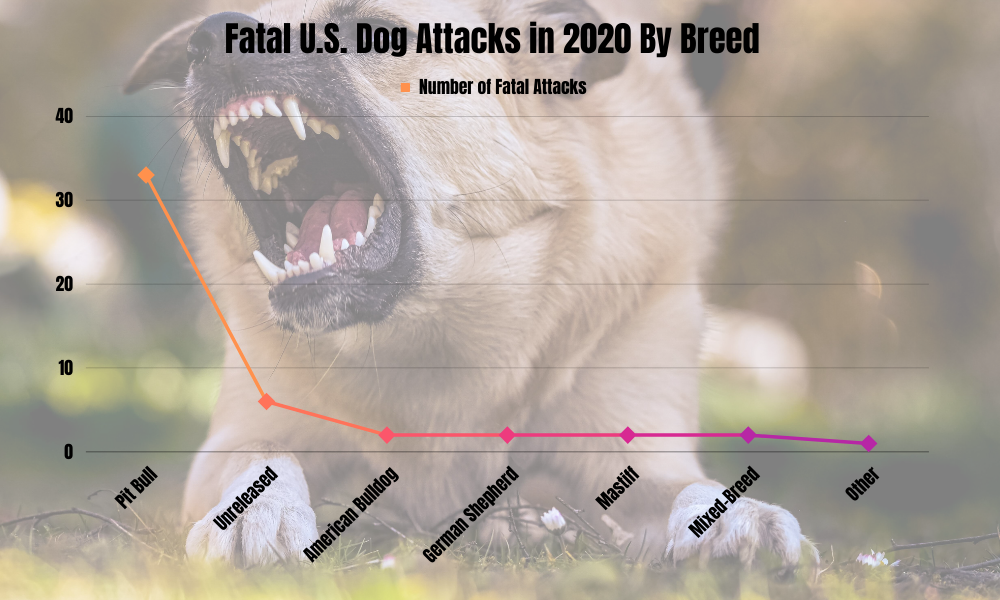For generations, dogs have been valued members of countless households. From guard dogs to service animals, they have taken on many roles and provided countless people with relief, companionship, and even life-saving assistance. When adequately supervised, correctly trained, and taken care of in a nurturing environment, a dog can become an invaluable member of its adopted family. However, any dog can pose a serious threat to those around it when abused, provoked, startled, or otherwise attacked.
An overwhelming majority of annual animal bite injuries in the United States are inflicted by dogs. The California Department of Public Health (CDPH) estimates that five million people in the country are bitten by dogs every year. While many of these attacks do not result in life-threatening wounds, a dog bite can become infected, leave scars, or cause debilitating long-term injuries. To reduce the risk of harm, the CDPH recommends educating young children on dog safety, properly training and containing pets, and strict enforcement of appropriate statewide animal licensure laws.
We put together this article on U.S. dog bite facts and statistics to help you better protect yourself and your loved ones from harm.
Who is Most Likely to Get Bitten by a Dog?
According to research by Stanley Coren at Psychology Today, children under the age of fifteen are most likely to be bitten by a dog. Of all children, those within the age range of five to nine years old are most at risk, and young boys are particularly prone to being bitten. A possible reason for the high rate of dog attacks on children is that they are unable to recognize signs of canine aggression.
A stressed, worried, fearful, or startled dog is most likely to attack. Although there may be exceptions, many attacks can be prevented by recognizing a dog’s warning signs and taking measures to protect yourself. However, in a study of children aged eight to twelve in the Czech Republic, kids were found to be unable to accurately gauge a dog’s body language and warning indicators. Children were tested on whether they could accurately identify six canine emotions: joy, submission, attack, threat, fear, and friendliness. The participants identified the correct emotion only 17% of the time.

Which Dog Breeds Have Historically Caused the Most Recorded Injuries?
Reviewing data collected between September of 1982 and December 31st of 2014, we broke down which dog breeds have caused the most injuries in the United States in recent years. In the chart below, we compare the overall number of attacks causing bodily harm by dog breed, while breaking down the proportions of child and adult victims. The total figures have not been adjusted to keep a bite incident from being listen more than once if the attacking dog is a mixed breed. Thus, we added a “totals” bar that tracks the overall frequency of attacks and victim’s age. As an example, there were 82 recorded attacks by chows and their mixes during this timeframe that caused bodily harm, out of 5,242 reported attacks (just under 2% of all incidents).

Tracking Fatal U.S. Dog Attacks in 2020
Fatal dog attacks are, thankfully, fairly rare incidents. However, dogs do have the potential to cause life-threatening injuries, particularly if a larger breed attacks a small child. In 2020, the most recent year for which data has been peer-reviewed and made available, the U.S. experienced 48 fatal dog attacks. Of all fatal dog bites, 33 were inflicted by pit bulls and their associated mixes. A further 4 lethal injuries were caused by other bull breeds and 3 additional deaths were reportedly due to attacks by mastiff-type guard or war dogs. All told, those three categories of dogs caused over 80% of canine bite-related fatalities in 2020.

What Can You Do if a Dog Attacks?
Although not all dog bites can be prevented, many attacks can be avoided if the victim becomes aware of the dangerous canine before it strikes. A fearful or aggressive dog may show warning signs such as:
- Snapping at the air
- Baring its fangs
- Barking or snarling repeatedly or aggressively
- Facing the victim head-on with a wide stance
- Standing alert with stiff ears and a slowly moving tail
If you see a dog displaying any of these signs of aggression, try your best not to panic. If you attempt to run or turn your back, the dog’s prey drive may kick in and cause it to attack. Slowly put distance between yourself and the aggressive canine, without making eye contact. Should the dog still attack, shout for help. If you’re bitten, no matter how minor the injury seems, go to a hospital as soon as you can. If the dog that bit you has rabies or another virulent infection, a seemingly harmless injury may quickly cause life-threatening complications.